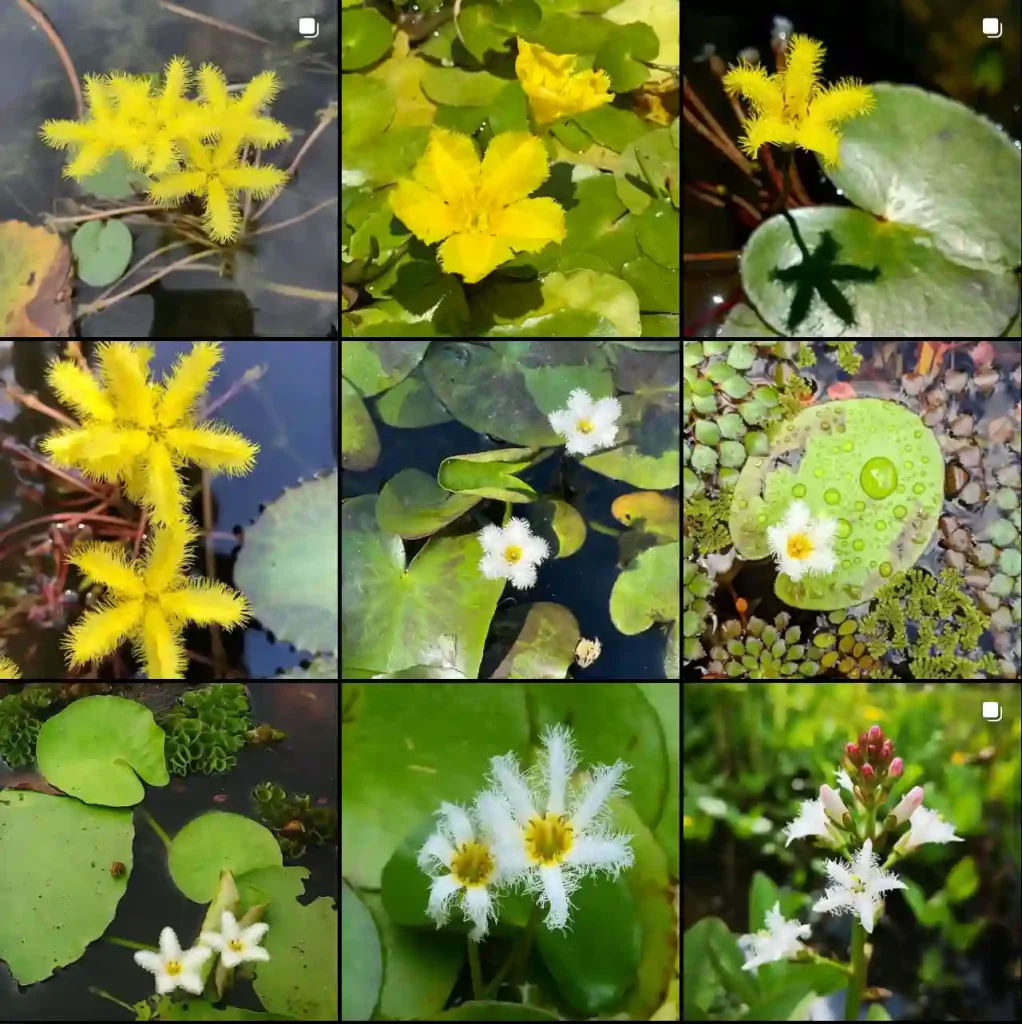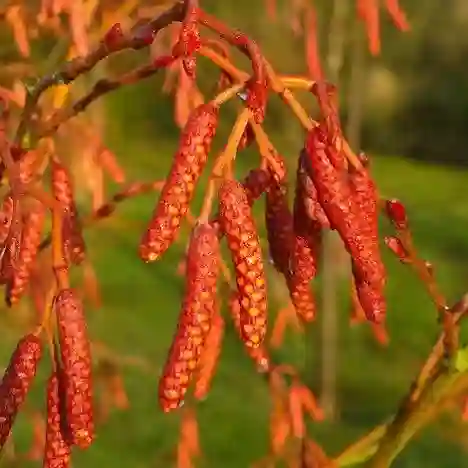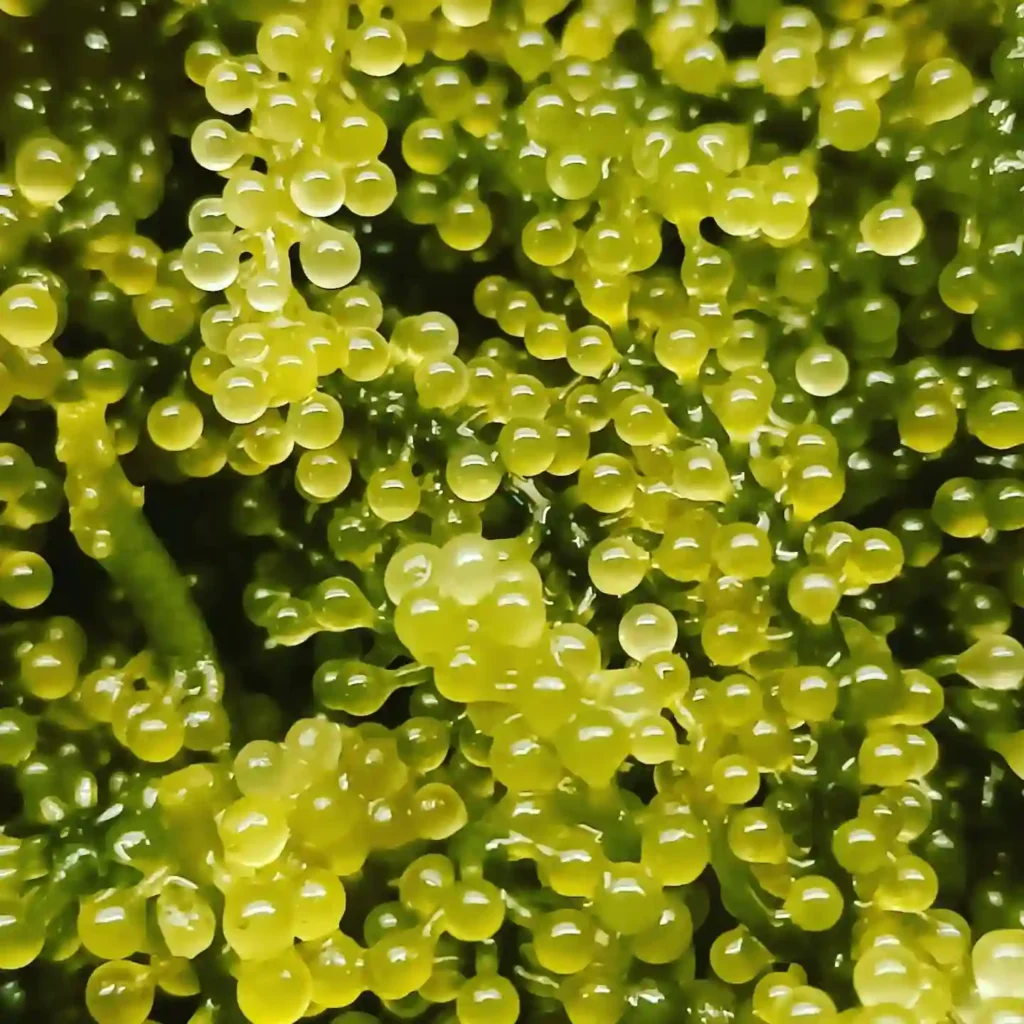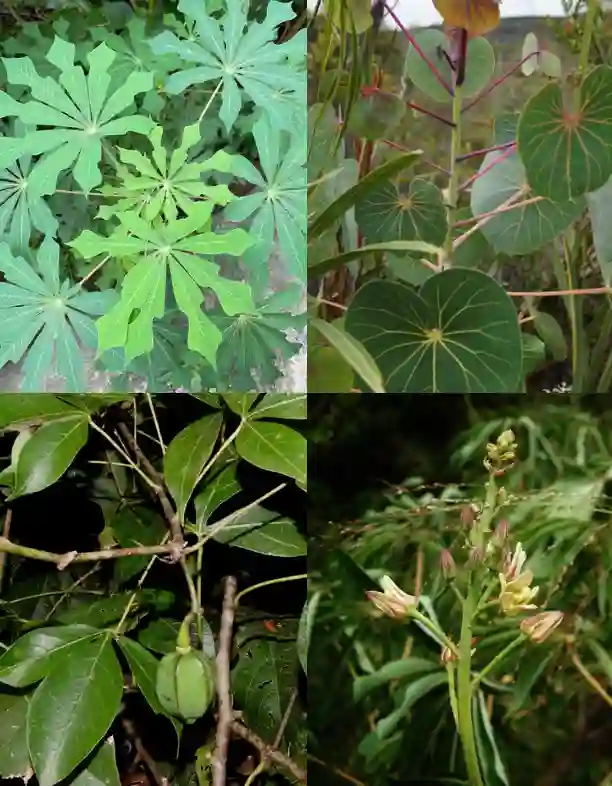Frequently Asked Questions About Pinguicula Gigantea
If you’re a carnivorous plant enthusiast like me, you might have come across the fascinating Pinguicula Gigantea. This striking butterwort, known for its large, sticky leaves that trap insects, has a few quirks that are essential for its care and growth. In this article, I’ll address some of the most frequently asked questions about Pinguicula Gigantea, from its dormancy needs to propagation tips and common problems.
128 Species in Genus Pinguicula
Does Pinguicula Gigantea Need a Dormancy Period?
One of the most common questions I get about Pinguicula Gigantea is whether it needs a dormancy period. Unlike some other carnivorous plants that require a cold dormancy, Pinguicula Gigantea does not need a traditional dormancy period. This species is quite tolerant of varying conditions, but it thrives best with consistent temperatures and light throughout the year. However, it’s still a good idea to reduce watering slightly in winter to mimic the plant’s natural slower growth phase, but avoid letting it go completely dry.
How to Care for Pinguicula Gigantea?
Caring for Pinguicula Gigantea is relatively straightforward once you understand its needs. Here are some tips to ensure your plant thrives:
- Light: Pinguicula Gigantea prefers bright, indirect light. A spot near a window with filtered sunlight is ideal. Avoid direct sunlight, as it can scorch the leaves.
- Watering: Use distilled water or rainwater to keep the soil consistently moist. Avoid tap water, which can contain minerals that may harm the plant. During the winter, reduce watering slightly, but don’t let the plant dry out completely.
- Soil: A well-draining mix is essential. A common mix for Pinguicula Gigantea includes sphagnum moss or a blend of peat and perlite. This helps to ensure the plant’s roots remain healthy and prevents waterlogging.
- Temperature: This plant thrives in temperatures between 70-80°F (21-27°C) during the day and slightly cooler at night. It can tolerate a range of temperatures but prefers a consistent environment.
How to Propagate Pinguicula Gigantea?
Propagating Pinguicula Gigantea can be a rewarding process. There are a few methods to propagate this plant:
- Leaf Cuttings: One of the easiest methods is to use leaf cuttings. Gently remove a healthy leaf from the plant and place it on a moist growing medium. Keep the medium consistently damp and in bright, indirect light. New plantlets will begin to form at the base of the leaf.
- Offsets: As the plant grows, it produces offsets or small rosettes around the base. These can be separated and potted individually.
- Seed: Pinguicula Gigantea can also be propagated from seeds. This method is more complex and requires a sterile environment and specialized care.
What to Plant With Pinguicula Gigantea?
When choosing companion plants for Pinguicula Gigantea, consider those with similar care requirements. Some good choices include:
- Other Carnivorous Plants: Species like Drosera (sundews) and Nepenthes (pitcher plants) can make excellent companions due to their similar soil and watering needs.
- Low-Light Plants: If you’re growing Pinguicula Gigantea indoors, consider low-light tolerant plants like certain types of ferns or orchids.
Can You Grow Pinguicula Gigantea Indoors?
Yes, Pinguicula Gigantea can be successfully grown indoors. Ensure it receives plenty of bright, indirect light, such as from a south-facing window or under grow lights. Maintaining proper humidity and temperature is crucial for indoor growth. Regularly check for pests, as indoor environments can sometimes attract them.
Is Pinguicula Gigantea Toxic?
Pinguicula Gigantea is not considered toxic to humans or pets. Its primary mode of capturing prey is through its sticky leaves, which trap insects, not through any toxic secretions. However, as with all plants, it’s best to keep it out of reach of pets who might chew on the leaves.
Benefits of Pinguicula Gigantea
Beyond its fascinating insect-trapping abilities, Pinguicula Gigantea offers several benefits:
- Natural Pest Control: It helps in managing small insect populations in your home or garden.
- Unique Aesthetic: Its large, striking leaves add an exotic touch to any plant collection.
- Educational Value: Growing carnivorous plants like Pinguicula Gigantea can be a great learning experience about plant adaptations and ecosystems.
Common Problems with Pinguicula Gigantea
Despite its hardy nature, Pinguicula Gigantea can face a few issues:
- Overwatering: This is a common problem and can lead to root rot. Ensure the soil is well-draining and avoid waterlogging.
- Insufficient Light: Poor light conditions can cause the plant to become leggy or lose its vibrant coloration. Adjust its placement for better light exposure.
- Pests: Watch out for pests such as aphids or fungus gnats, which can be controlled with insecticidal soap or neem oil.
Compare with Similar Plants
When comparing Pinguicula Gigantea with similar plants, such as Pinguicula Moranii or Pinguicula Aphrodite, it’s essential to note that while all these species are part of the butterwort family, their care requirements can vary slightly. For instance, Pinguicula Moranii may prefer cooler temperatures and less frequent watering compared to Pinguicula Gigantea.
In conclusion, Pinguicula Gigantea is a fascinating and relatively easy-to-care-for carnivorous plant that adds an exotic flair to any plant collection. By understanding its specific needs and addressing common problems, you can enjoy the unique beauty and benefits of this incredible plant.
If i die, water my plants!



